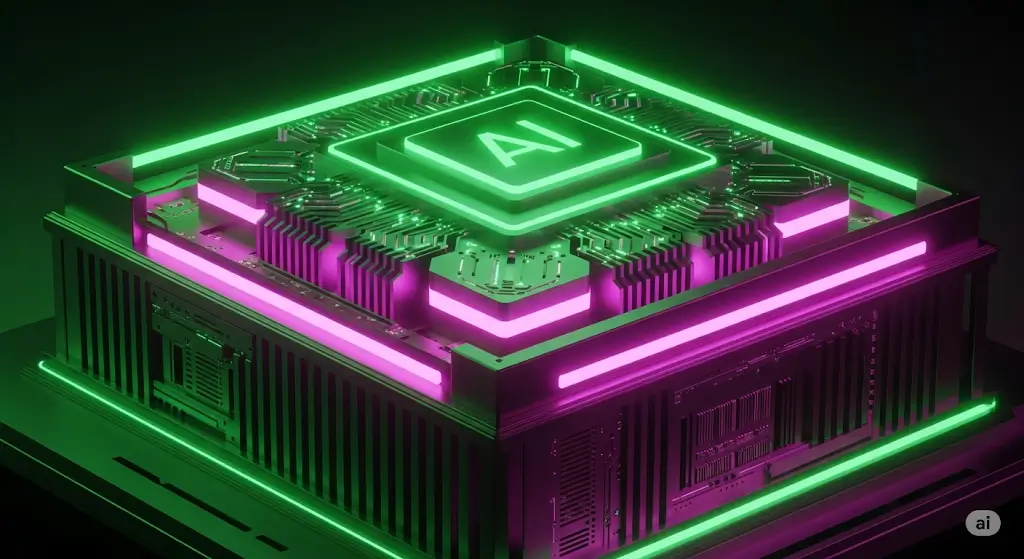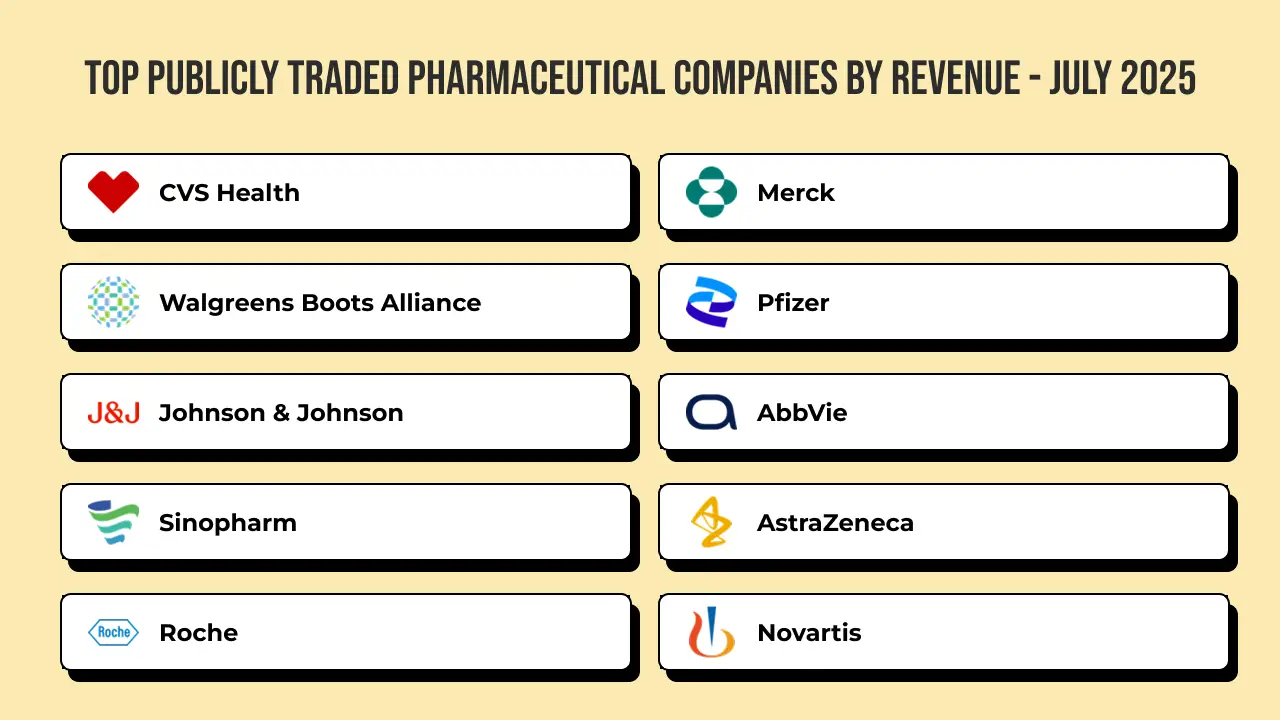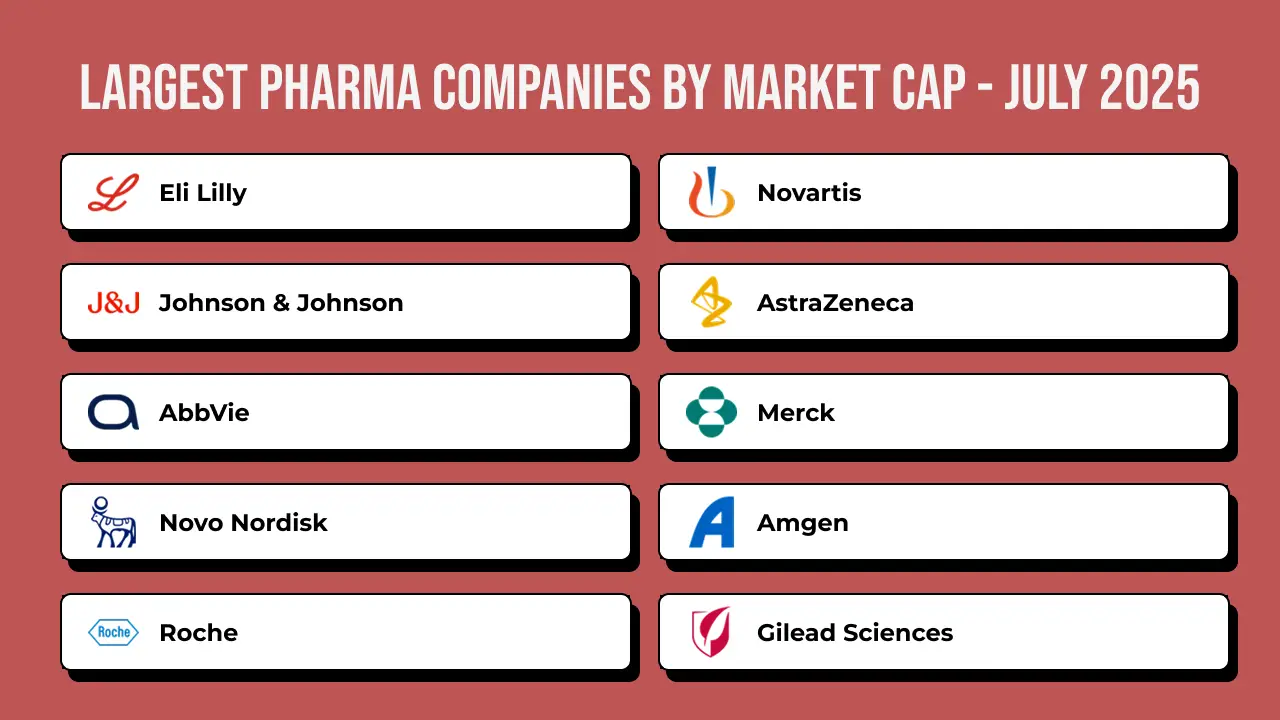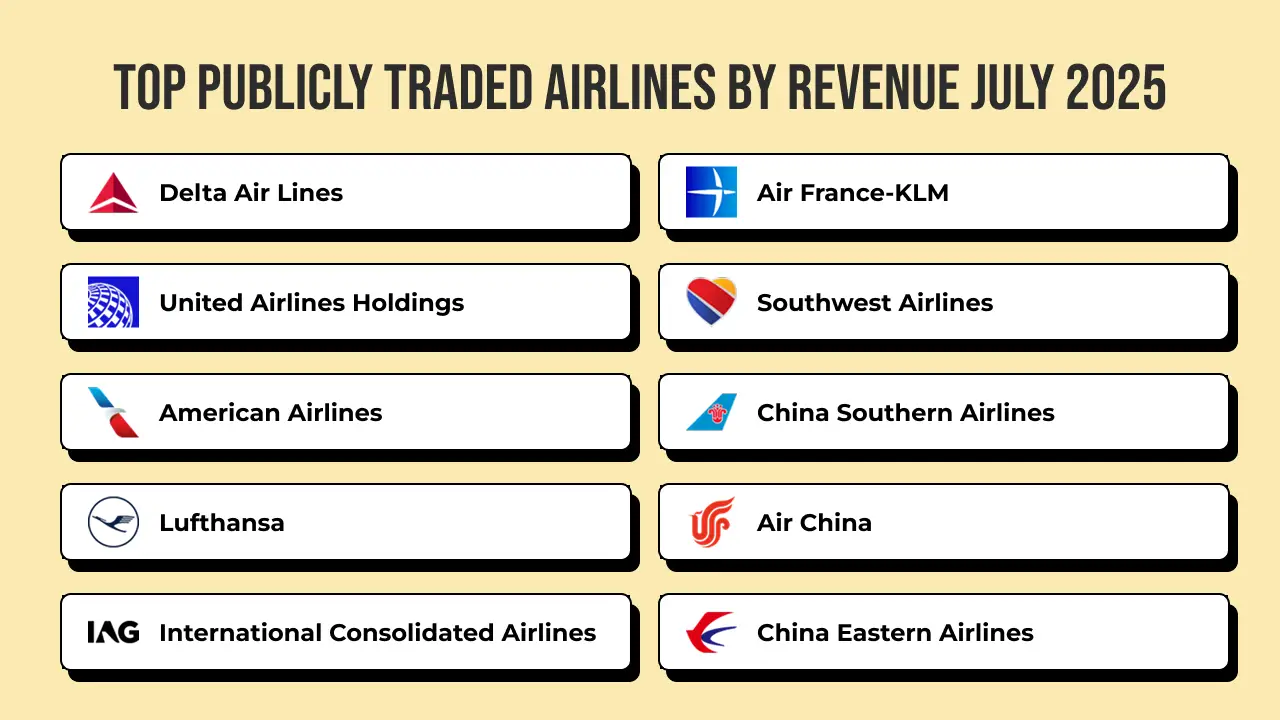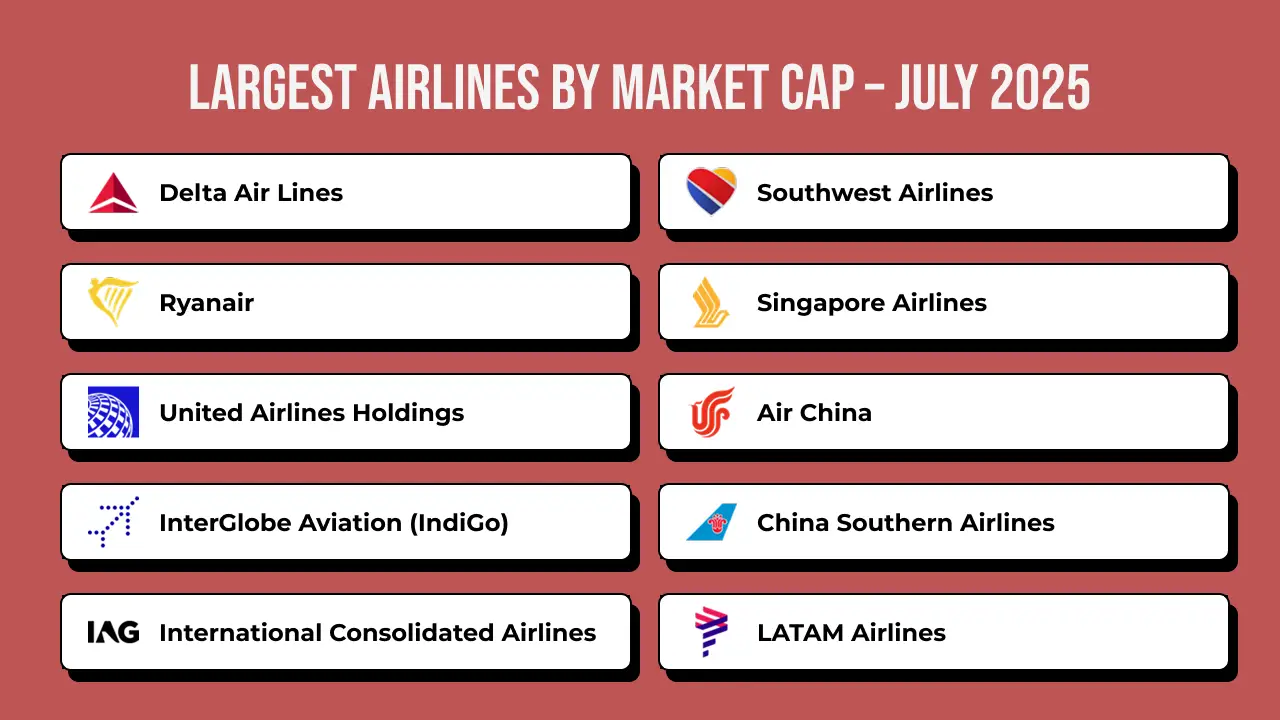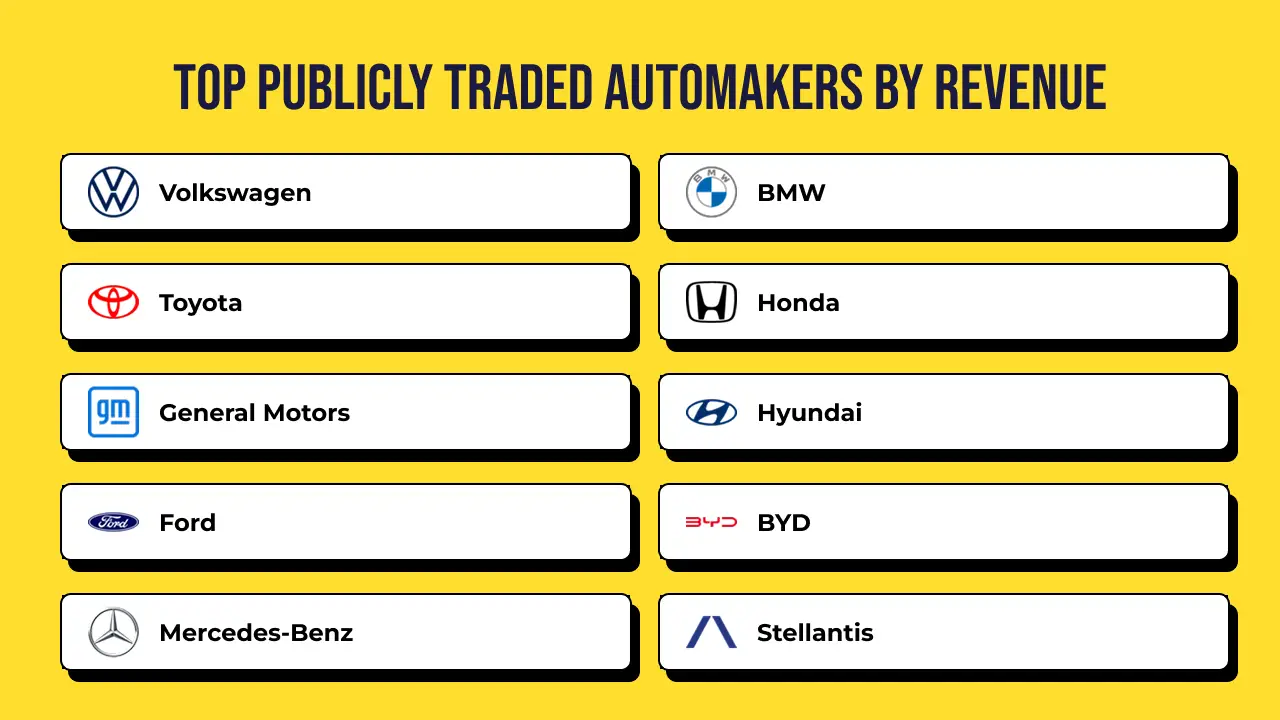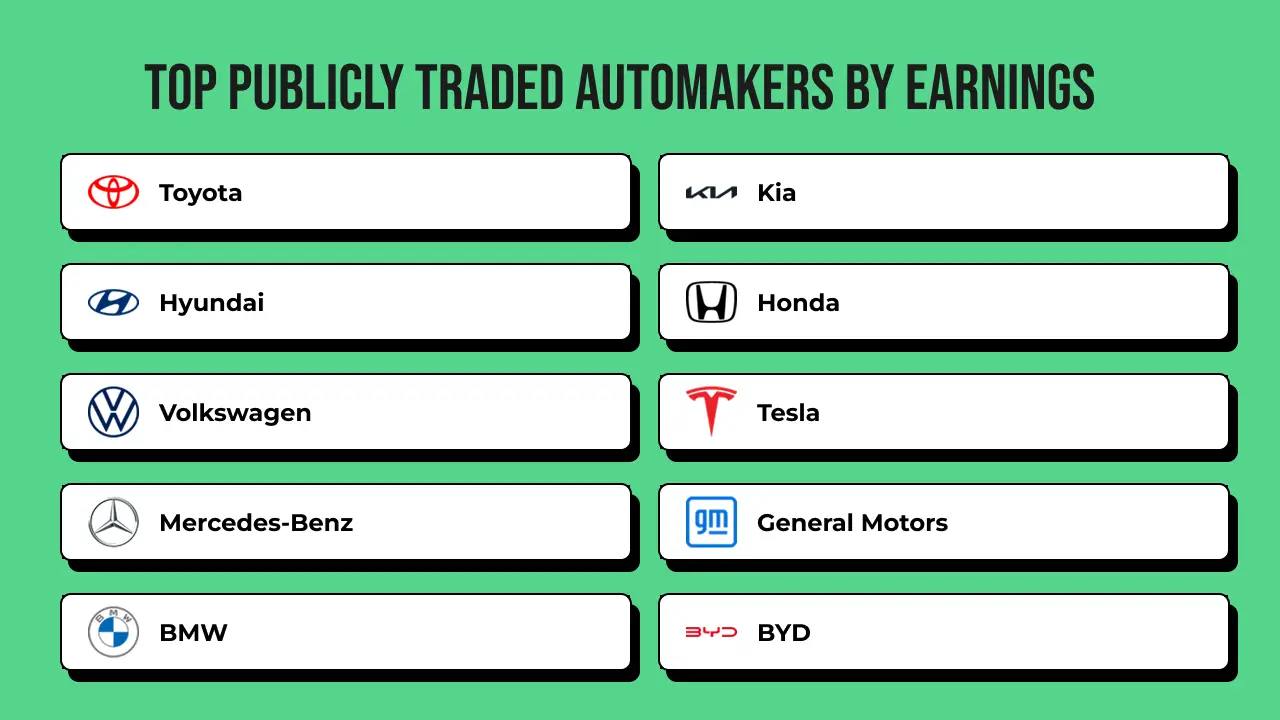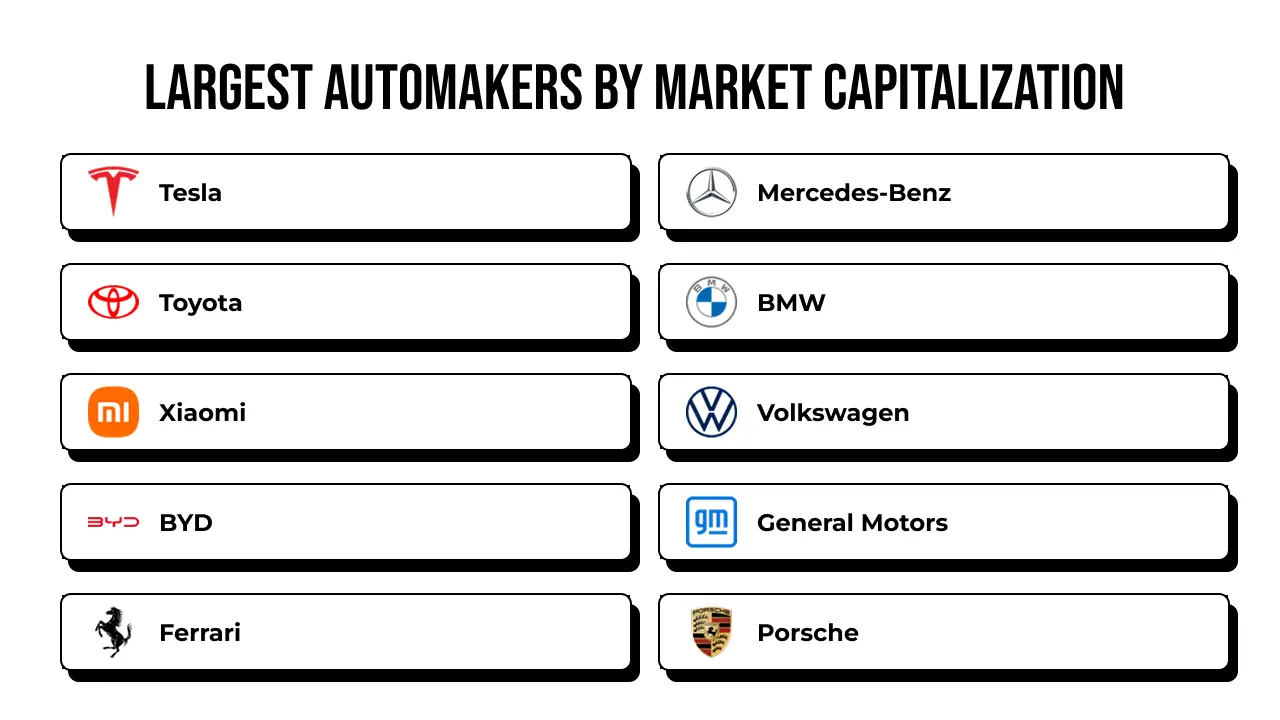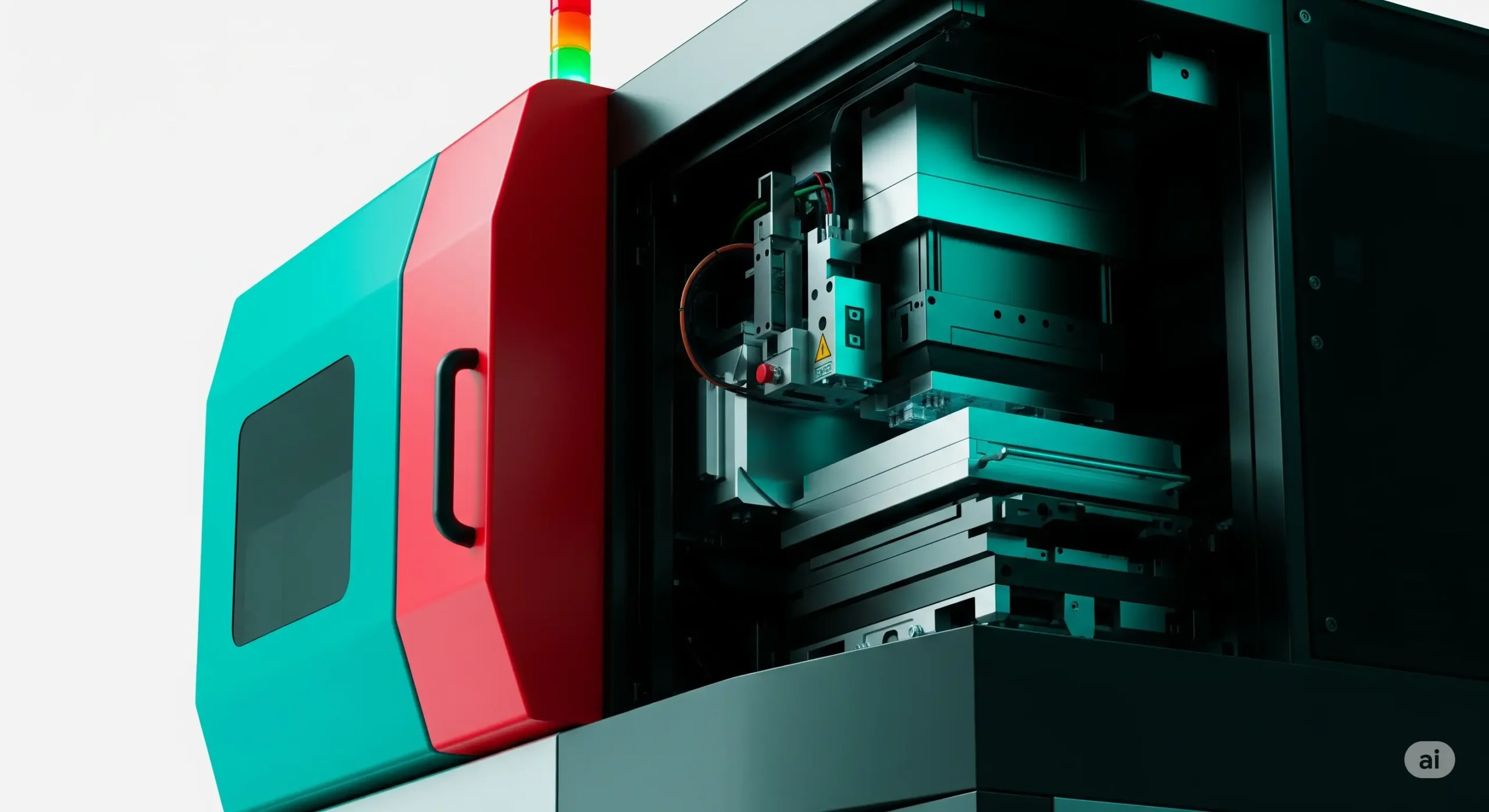I’ve been diving into the AI computer market, and the numbers are staggering. As of 2025, the global market for AI-powered computing systems is valued at approximately $450 billion, with projections estimating a soar to $1.2 trillion by 2030. This growth is fueled by a compound annual growth rate (CAGR) of around 22%, reflecting the rapid adoption of AI technologies across industries. The surge is driven by increasing demand for high-performance computing to handle complex AI workloads, from machine learning model training to real-time data analytics. Enterprises are investing heavily in infrastructure to support generative AI, natural language processing, and computer vision, which require robust computational power. The integration of AI into edge devices, cloud platforms, and on-premises servers is also pushing market expansion, as businesses seek to optimize operations and enhance decision-making. My exploration of recent data suggests that this upward trajectory is underpinned by advancements in hardware like GPUs and TPUs, alongside growing software ecosystems that make AI more accessible.
Looking at the market’s segments, I find the diversity fascinating. The AI computer market spans hardware, software, and services, with hardware holding the largest share, accounting for nearly 55% of the market in 2025. Hardware includes specialized chips like GPUs, TPUs, and AI-optimized processors, which are critical for training and deploying AI models. Software, encompassing AI frameworks and platforms like TensorFlow and PyTorch, follows closely, driven by the need for tools to develop and manage AI applications. Services, including consulting and integration, are growing steadily as companies seek expertise to implement AI solutions. The hardware segment dominates due to the high cost of advanced chips and the need for scalable infrastructure to support AI workloads. My analysis indicates that the push for edge AI, where processing happens closer to data sources, is boosting hardware demand, particularly in industries like automotive and healthcare, where real-time processing is critical.
The competitive landscape is vibrant, with several companies leading the charge. NVIDIA stands out as the top player, commanding a significant share of the AI hardware market with its powerful GPUs and AI platforms like DGX. Intel and AMD are also major contenders, focusing on AI-optimized processors and FPGAs. In the software space, Google and Microsoft dominate with their cloud-based AI platforms, TensorFlow and Azure AI, respectively. Smaller players like Graphcore and Cerebras Systems are making waves with innovative chip designs tailored for AI workloads. I’ve noticed that NVIDIA’s dominance stems from its early investment in AI-specific hardware, while companies like Intel are catching up by diversifying their AI offerings. The competition is fierce, with partnerships and acquisitions shaping the market as companies strive to integrate AI capabilities into their ecosystems.
Geographically, the AI computer market is thriving in several key regions. The United States leads, holding over 35% of the global market share, driven by its robust tech ecosystem and heavy investments from Silicon Valley giants. China follows closely, with its massive push for AI adoption in industries like manufacturing and smart cities, supported by government initiatives. Europe, particularly Germany and the UK, is another hotspot, focusing on AI in automotive and industrial applications. I’ve observed that Asia-Pacific, including Japan and South Korea, is rapidly growing due to advancements in semiconductor manufacturing and consumer electronics. The U.S. benefits from its innovation hubs and access to capital, while China’s scale and policy support make it a formidable player. Emerging markets like India are also gaining traction, leveraging cost-effective talent and growing tech infrastructure to contribute to the global AI landscape.
The latest innovations in the AI computer market are thrilling to explore. Recent breakthroughs include quantum-inspired computing and neuromorphic chips that mimic human brain processing, enhancing efficiency for AI tasks. Top trends include the rise of edge AI, enabling real-time processing in devices like smartphones and IoT systems, and the integration of AI with 5G for faster data transfer. I’m particularly excited about the push toward energy-efficient AI hardware, addressing sustainability concerns as data centers consume massive power. Another trend is the democratization of AI through open-source frameworks, making advanced tools accessible to smaller enterprises. My take is that these innovations, coupled with trends like AI-as-a-service and hybrid cloud solutions, are setting the stage for a transformative decade in AI computing, reshaping how we interact with technology.

